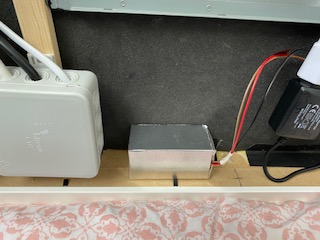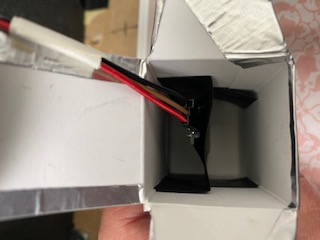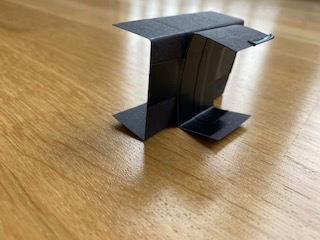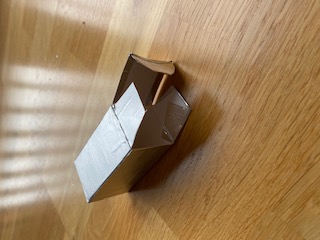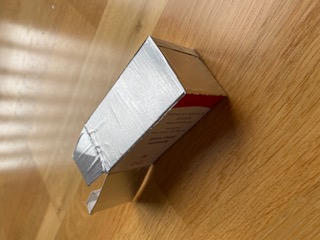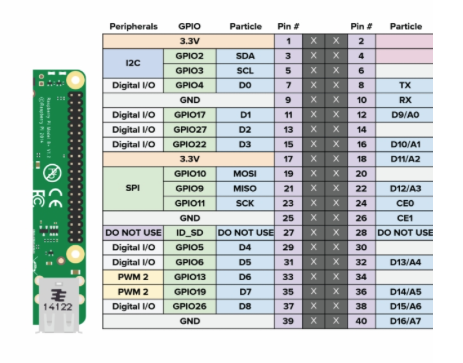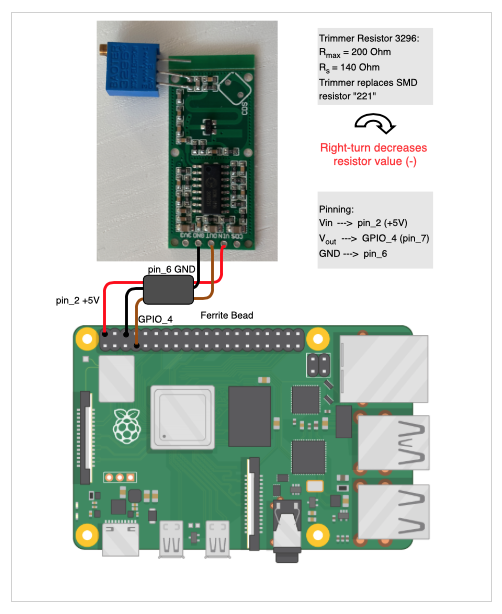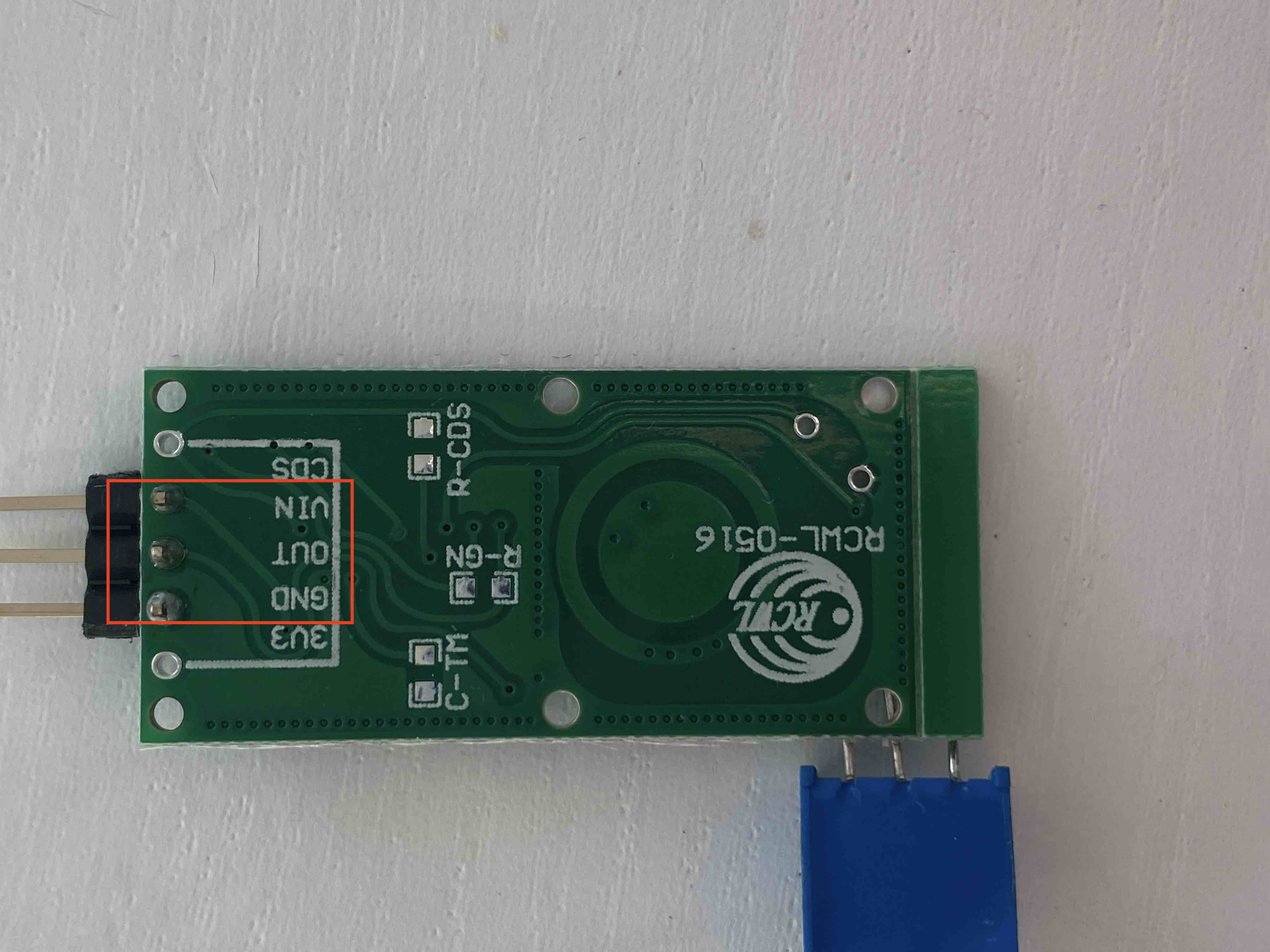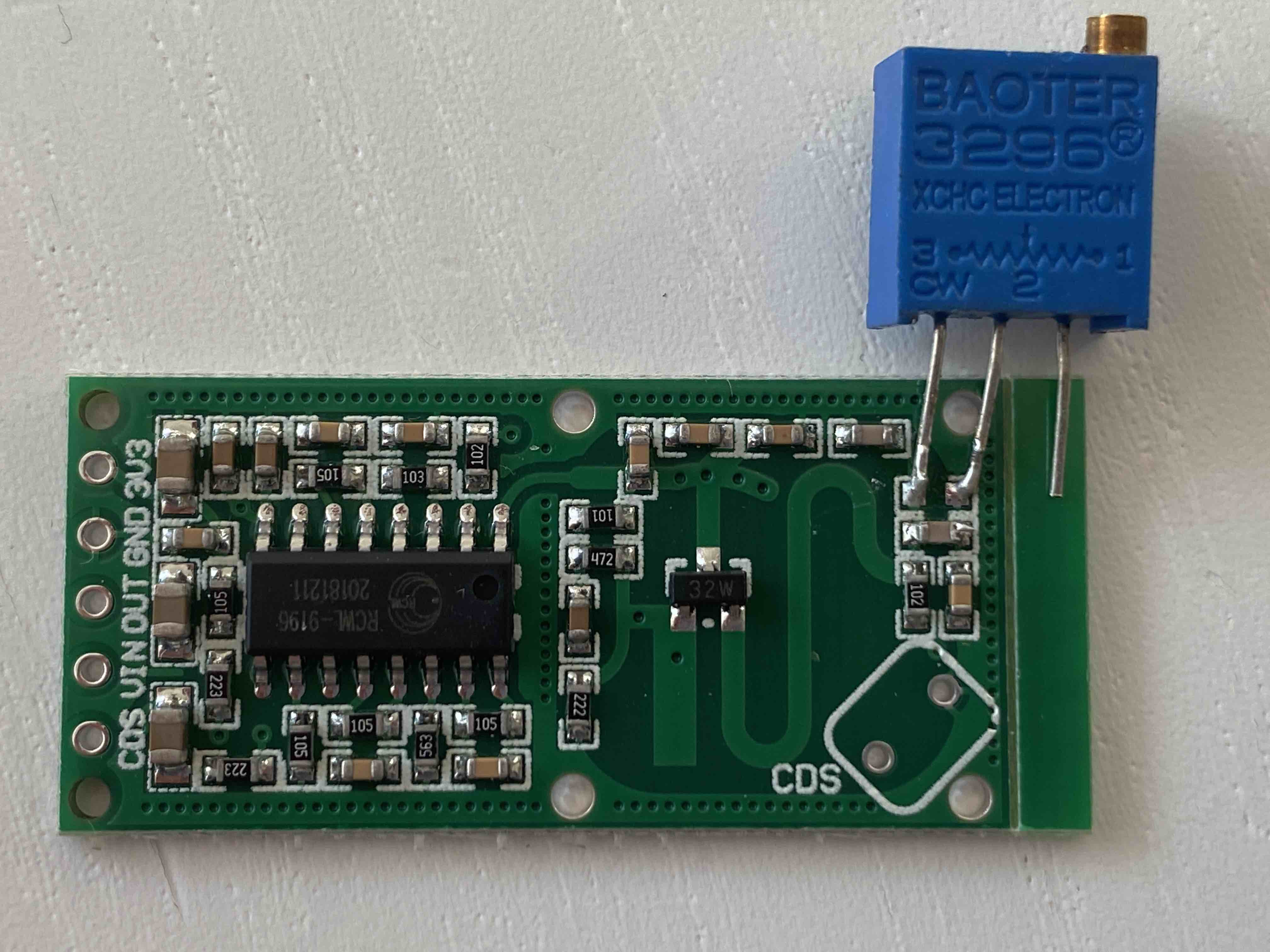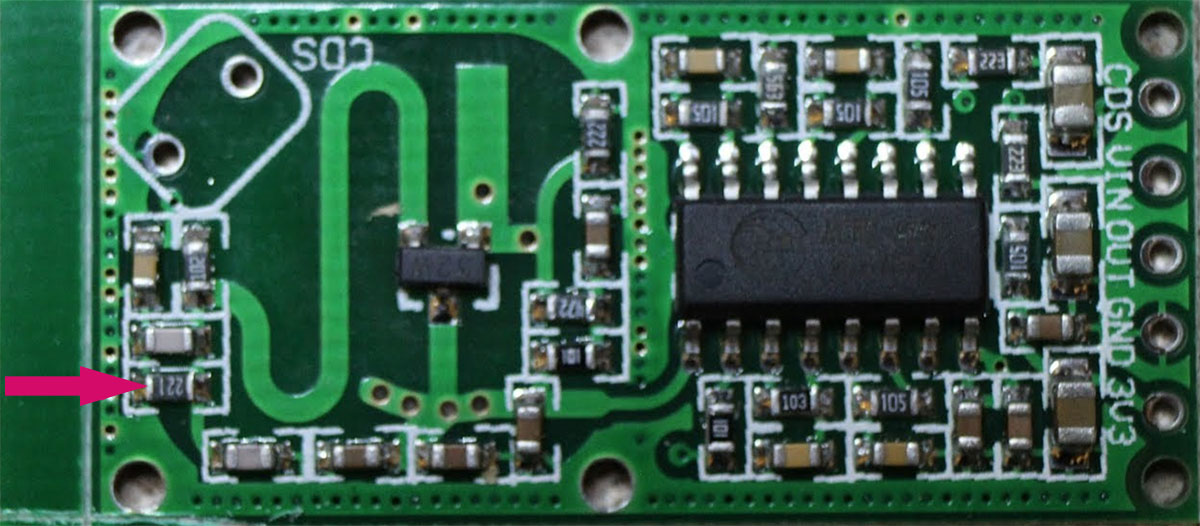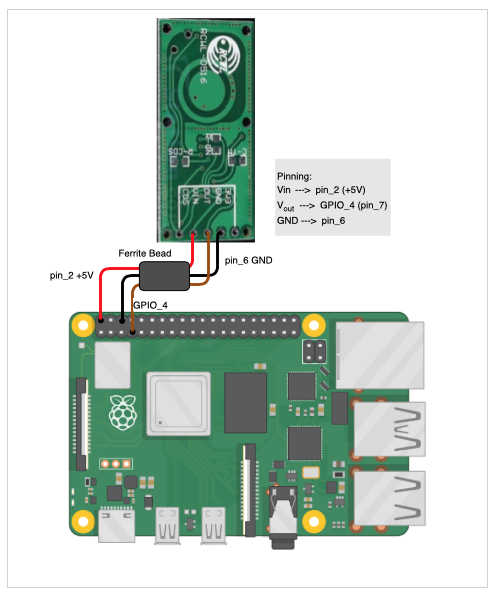Read the statement by Michael Teeuw here.
UPDATE: Replaced my PIR-Sensor with a Doppler Microwave Sensor.
-
@mickyvi that is sad to hear. The glass you are using must have some special coating that prevents signal go through.
Did you try to rotate the sensor? I know these sensors are sensing around 360degree but I think the actual antenna is stronger on one side.
Also, what’s the distance from mirrir you are trying to get the sensor to pick up movement? Does it work fine when using without glass?For me PIR was not an option. I tried cheap and expensive PIR sensors and all of them had too many false positives. Plus it needs to be ouside visible.
-
Hello,
Yes, in my opinion it’s the mirror, damn it, if you only knew how much I paid for it …
Yes, I tried in every way, even putting the sensor behind the monitor (… when you are desperate you try everything …: -) …), turning it, putting it sideways but nothing, it does not detect.
If I move it outside, it detects everything, but even with the “cheap” sensors I had noticed the same functionality.I don’t know, maybe I will also give up motion detection: maybe a button that takes it out of stand by and then stays on for 20 minutes … I know … it’s shit … but I don’t want to continue to have the mirror resting on the floor without being able to install it and continue testing.
I have to think about it for a while.
Hello and thanks for the support everyone! -
@mickyvi as the last option maybe install the sensor on top or bottom of the mirror frame. Hide it in a small enclosure (wooden or hard paper or 3D printed extension to the frame) and paint the same color as the frame. If done nicely it won’t even look that bad. And it will for sure work :)
-
@mickyvi That’s indeed really strange, and I can only guess that the mirror has a reflecting coating which prevents the signal from passing through the mirror. The thickness of the glass itself is not the limiting factor, as the signal usually passes even stone walls and can detect motion in adjacent rooms. I operated my sensor first behind the mirror, too, and it worked. It is a 4mm Pilkington. Later I moved it under the frame, because it was easier to trim the sensor and hid it behind a 3D-printed cover. Thus, I’d second @uros76 proposal to mount the sensor on top or on the bottom of the frame where it is not visible. Don’t give up!
-
Hello everybody,
I’m taking the path of the classic infrared PIR sensor.
I made two shells that can be attached under the two arms of the lamps above the mirrors.
Here still in the assembly / painting phase:
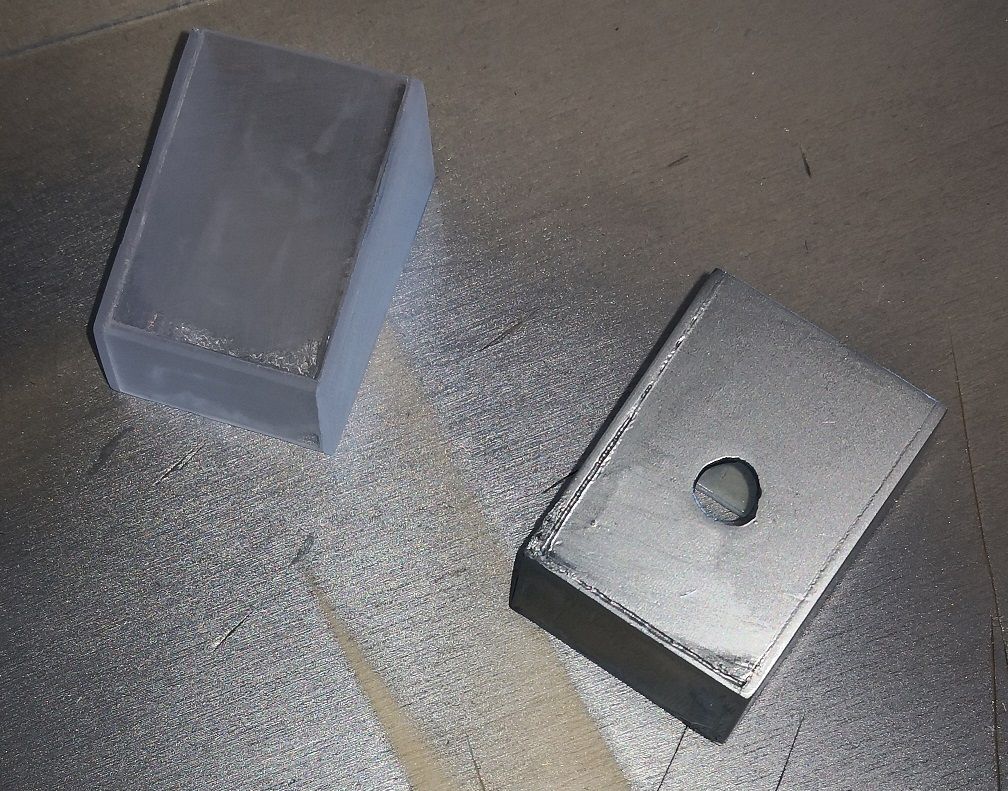
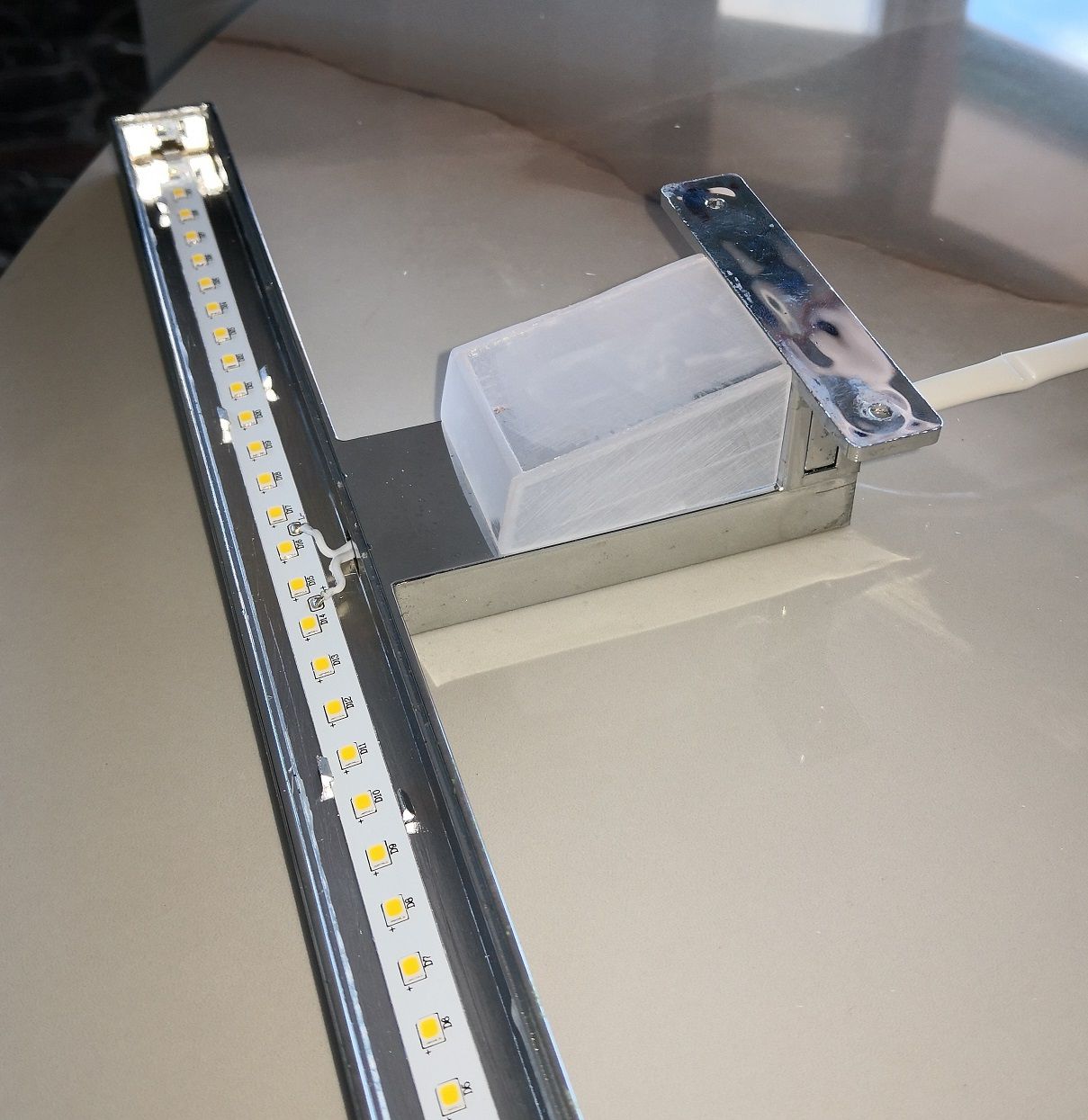
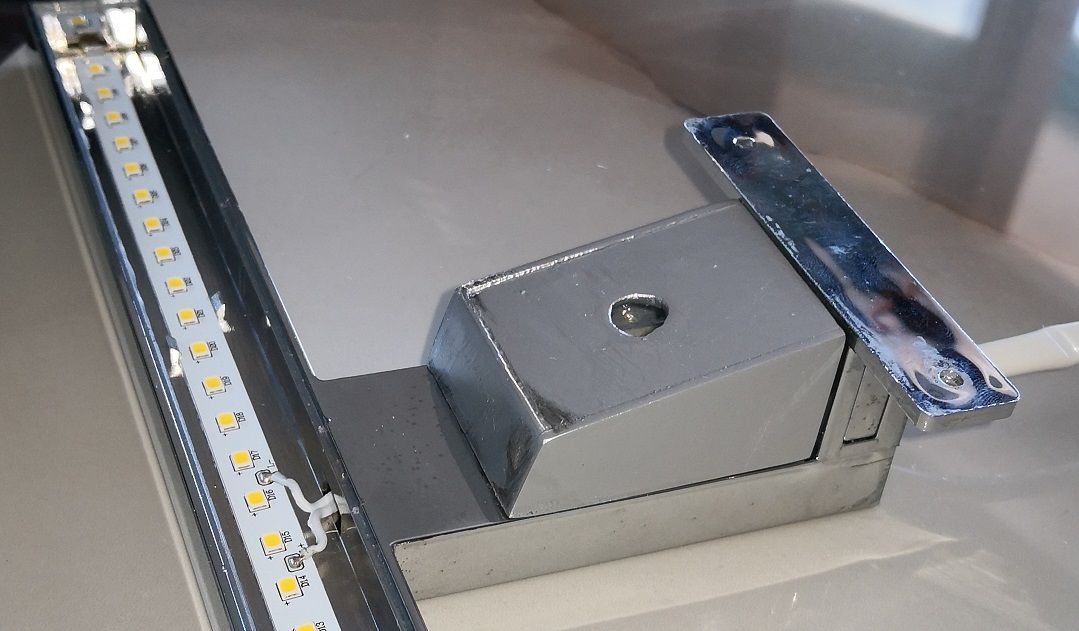
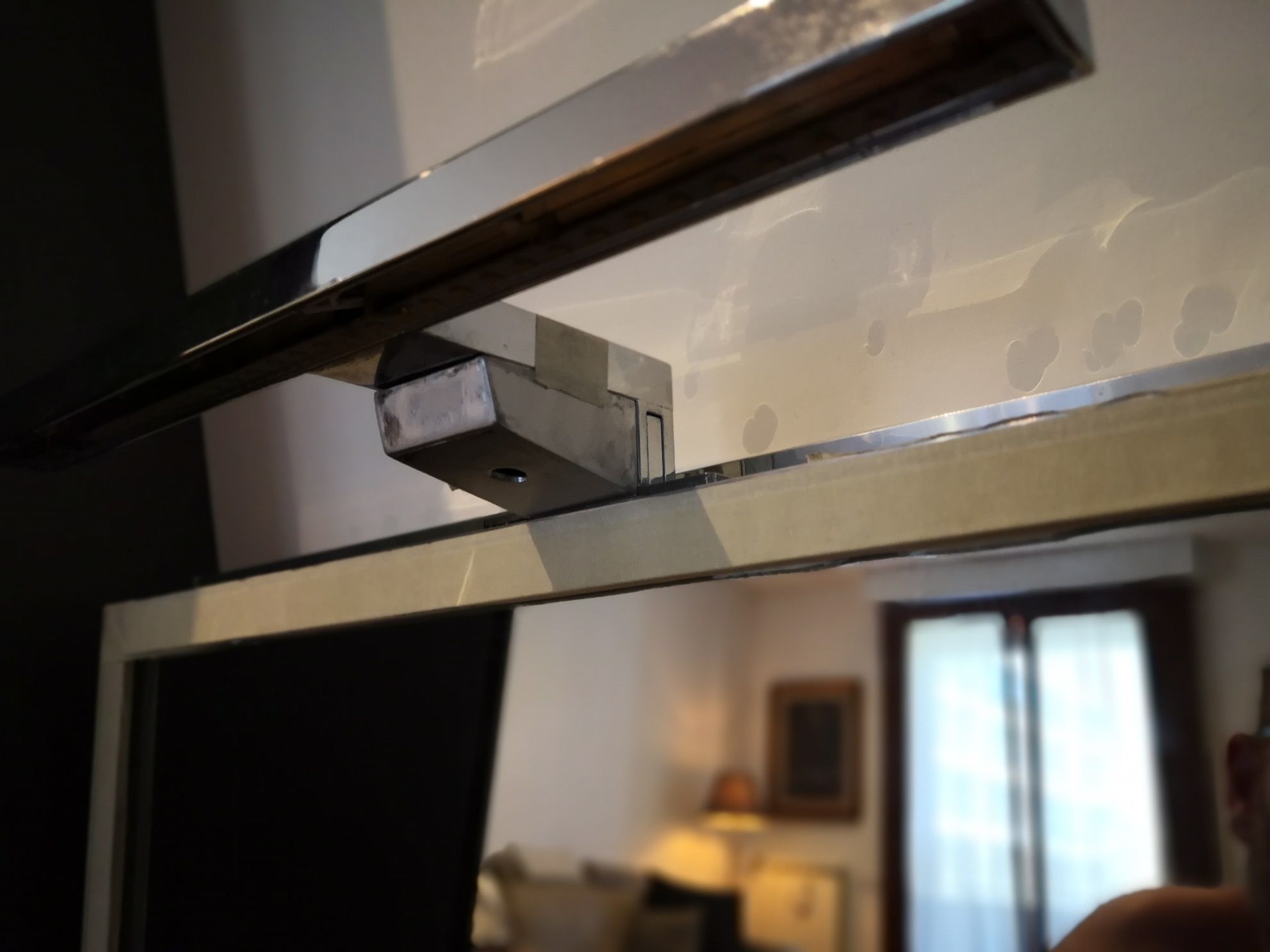
I’m gonna give a nice coat of chrome today and we should be there. :-)
-
@mickyvi That’s a totally awsome solution! Really cool!
-
@fozi
Thanks, the compliments from such experienced people are always very welcome !! -
D dkhorse74 referenced this topic on
-
Thank you for this awesome solution! I just got mine up and running with MMM-PIR-Sensor. I was wondering if any of you have got this microwave sensor to also work with MMM-NearCompliments? I was thinking since it was also inspired by PIR sensor, I could get it to work, but no luck yet.
-
hello,
i tried this with the microwave sensor, but im out of ideas. i get wrong positives every minute. (i check every 5 sec).
i added also the ferrite, tried another raspberry, different of these sensors (bought a 5 pack) and placed it in a different room. anyone got any ideas what else i could try?
or maybe similar microwave sensors i could try?any help would be great, tyvm
-
@Lipax said in UPDATE: Replaced my PIR-Sensor with a Doppler Microwave Sensor.:
hello,
i tried this with the microwave sensor, but im out of ideas. i get wrong positives every minute. (i check every 5 sec).
i added also the ferrite, tried another raspberry, different of these sensors (bought a 5 pack) and placed it in a different room. anyone got any ideas what else i could try?
or maybe similar microwave sensors i could try?any help would be great, tyvm
Did you try and limit the range as described in beginning of this thread? For me option 2 helped to limit oversensitivity.
